Gone are the days when old folks passed down furniture pieces to their grandkids as mementos. The kind of furniture being manufactured these days hardly serves a generation and is seldom good for anything but disposal after its lifespan.

So, don’t expect that cheap sofa you just got, at what you call a bargain, to go a long haul.
Follow the Directions of Furniture Experts
David Koehler is a furniture retailer with stores in Virginia, Maryland, and Delaware. He said, “In the last 15 years, there’s been a shift to disposable furniture.”

So, furniture manufacturers are not entirely to blame as consumer taste has equally changed over the years. Consumers and furniture manufacturers seem to have arrived at a consensus that disposable furniture works best.
All It Needs to Do Is Prop Up My Laptop
In recent times, the fact that a piece of furniture does not hold together for two decades is the least of the average buyer’s concerns.

A few decades ago, buying a home was a significant life milestone. However, even the rich are now apprehensive of tying down their cash in some piece of real estate. So, young adults prefer renting living spaces, sharing with friends, or living with their parents.
The Young Generation Are Out To Get Utility, Not Necessarily Quality
This gives us an idea of the major shift in consumer attitudes concerning furniture acquisition. Yes, there are still a few people who would give anything to buy the best quality furniture on the market and can afford it.

However, the average manufacturer is out to rake in as much market share as possible and not keep up some ancient ideals.
Financial Priorities of Furniture Consumers Without a Home
Since young adults are less likely to become homeowners, they tend to move often. Such frequent relocations are more likely due to financial incapacity than personal preference.

Also, splurging on furniture will be far from the top of your financial priority list if you are squatting with friends or living with parents.
What It Lacks in Quality, It Makes Up in Price
However, the lifelong truth that cheap is seldom long-lasting fits well into this discussion about furniture acquisition. In recent years, furniture manufacturers have joined the industrial movement that aims to beat production costs to the barest minimum.

With the help of mass production, the goal was achieved, albeit at the expense of quality.
Beat Down Production Costs by All Means
Switching furniture materials for cheaper alternatives has extended the lifespan of mass-produced pieces. Some millennials and boomers remember how their handy parents repurposed old furniture by taking it apart and using the wood to make other items.
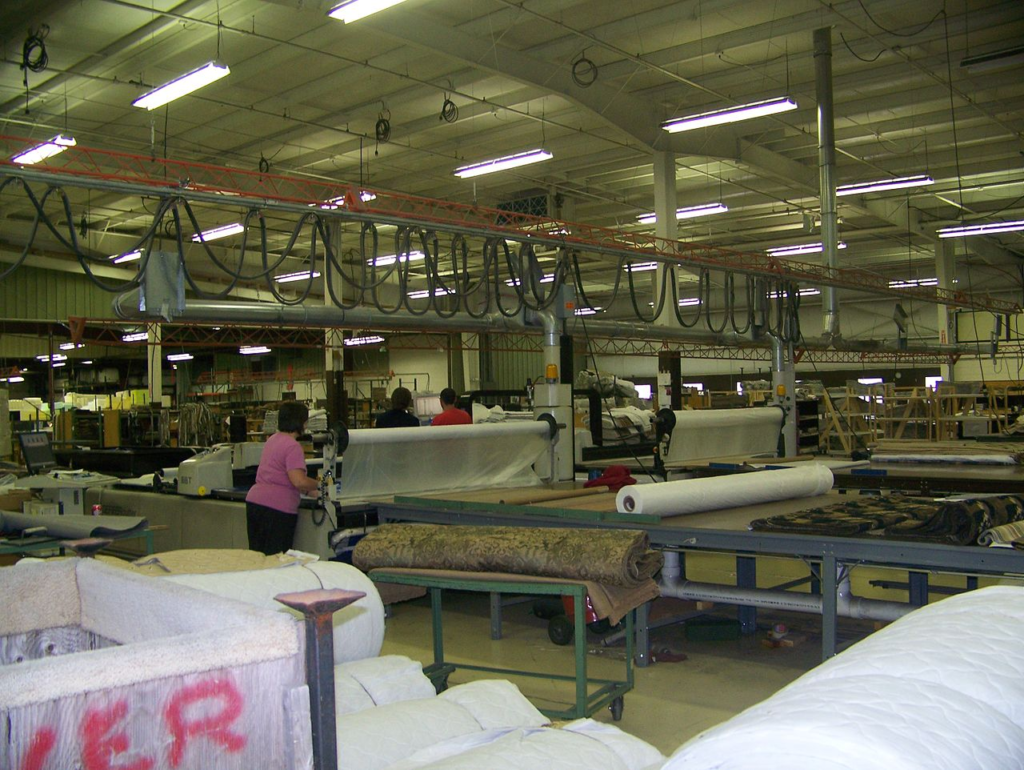
Good luck trying that when your two-month-old fibreboard table starts to fall apart.
Wood Vs. Imitation Wood
The craze to replace actual wood with engineered and composite materials started right after World War II. At that time, many low-income earners transitioned into the middle class. Consequently, the real estate market experienced a significant boom as homes stopped being a luxury for many.
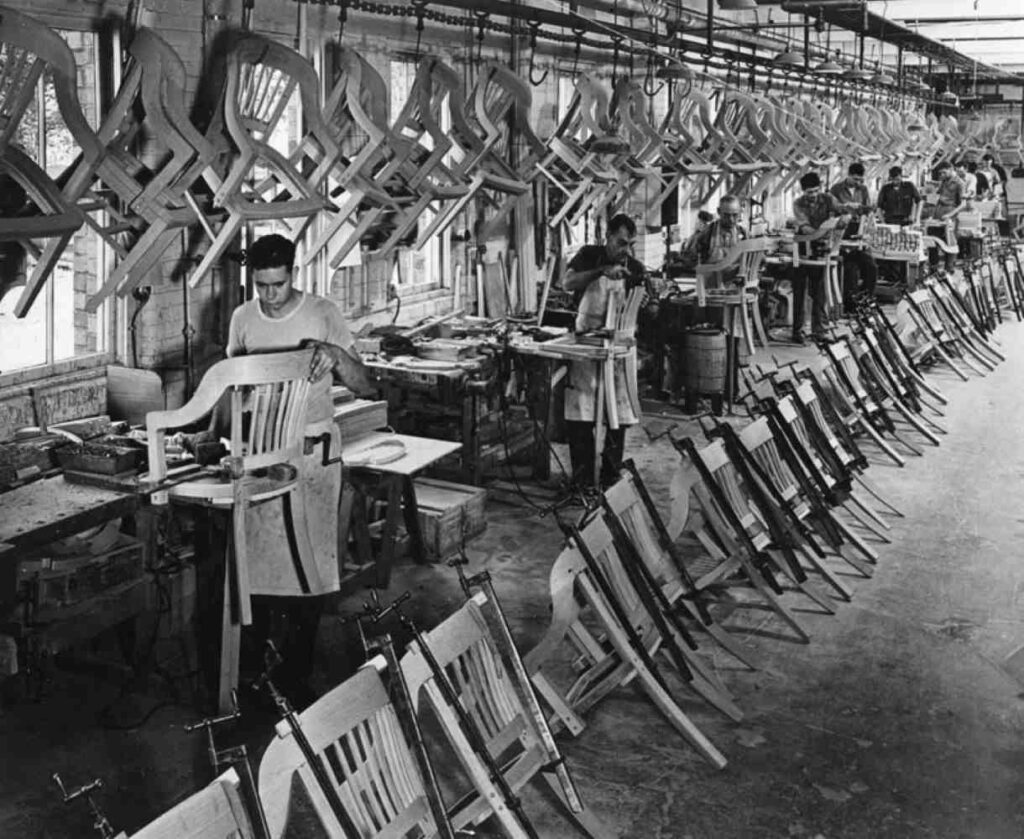
With this boom in home sales came a high demand for home furniture to make them habitable.
A Short History About Plywood
Coco Ree Lemery is a visiting furniture and industrial design professor at Purdue University. Lemery sheds more light on how the furniture industry became dependent on these wood alternatives.
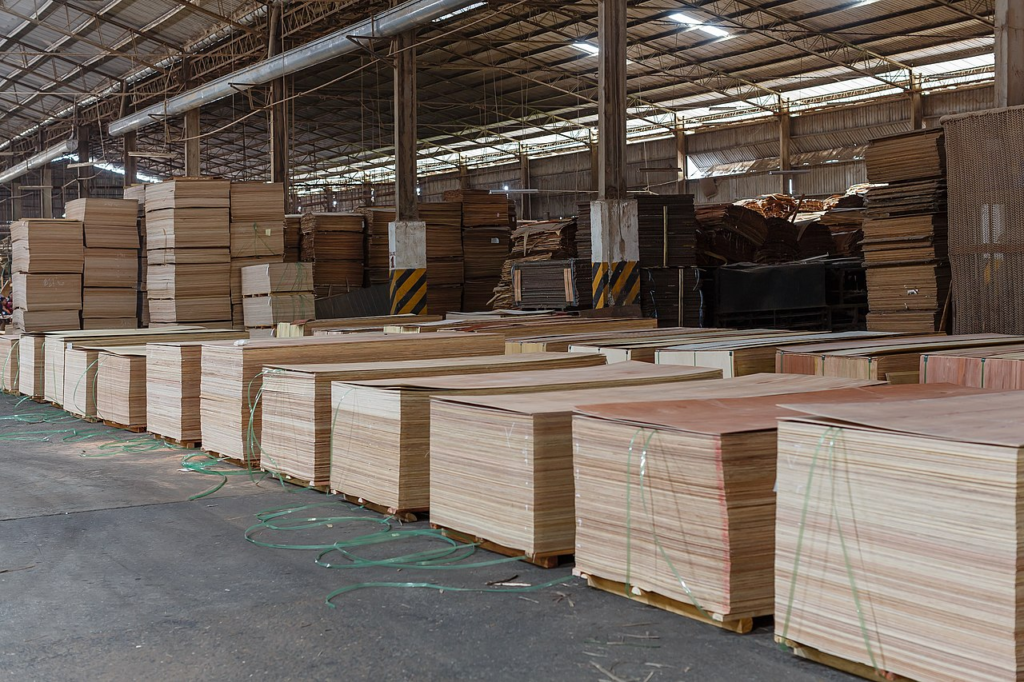
Lemery explained that after WWII, “We were introduced to plywood. Then we really saw a material degradation.” First, it was plywood, then medium-density fiber (MDF), and now synthetic foams.
Imitation Wood Seldom Stands the Test of Time
Thanks to the high furniture demand, all the wood alternatives bypassed the logistic bottlenecks plaguing the sourcing of real wood. In addition, furniture manufacturers were trying to make their mass-produced pieces the cheapest on the market.

Unfortunately, the cheaper the furniture made from these alternative materials, the shorter their lifespan relative to solid wood furniture.
DIY Furniture to the Rescue!
In addition, furniture manufacturers raised their game. Soon, they started shipping and delivering furniture in flat packs, with instructions on how the customer would assemble them.

First off, flat-packs make furniture transportation cheaper. Second, the manufacturers dump part of the production cost on their customers. How, you ask? They don’t have to pay extra workers to assemble furniture on the production floor.
Imitation Wood Furniture Are Quick Fixes
The profitability of these mass-production schemes is undeniable. However, what’s that saying again about creating a problem each time you solve one?
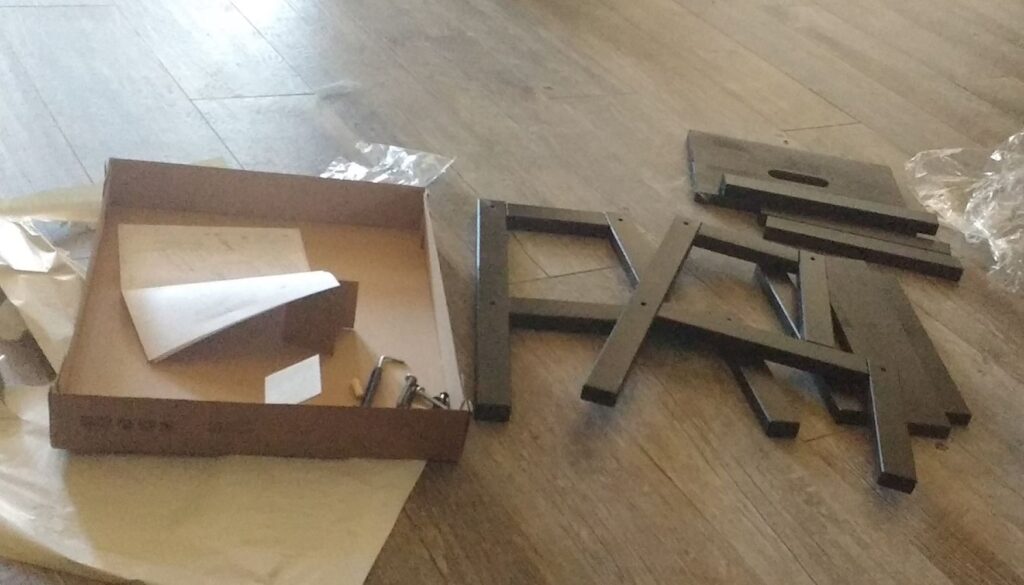
According to Lemery, the trade-off is that “The more that it breaks down into small pieces, the quality is going to be less, period, end of story.” This new generation of furniture is irreparable and cannot be repurposed.
“Gimme the Cheapest Sofa in the Showroom”
Now, we all know furniture has become cheaper and less durable. Still, many choose inexpensive products without giving a hoot about longevity.

As Lemery rightly observed, “With the rise of direct-to-consumer, now customers only buy based on aesthetics and trends. In that atmosphere, of course, you would probably purchase a piece with the cheapest price tag.”
The Incidence of a Furniture Deficit During the Lockdown
During the pandemic lockdown, the time many spent indoors made them reflect better on their furniture-specific inadequacies. That period was the first time many people thought of setting up a home office.
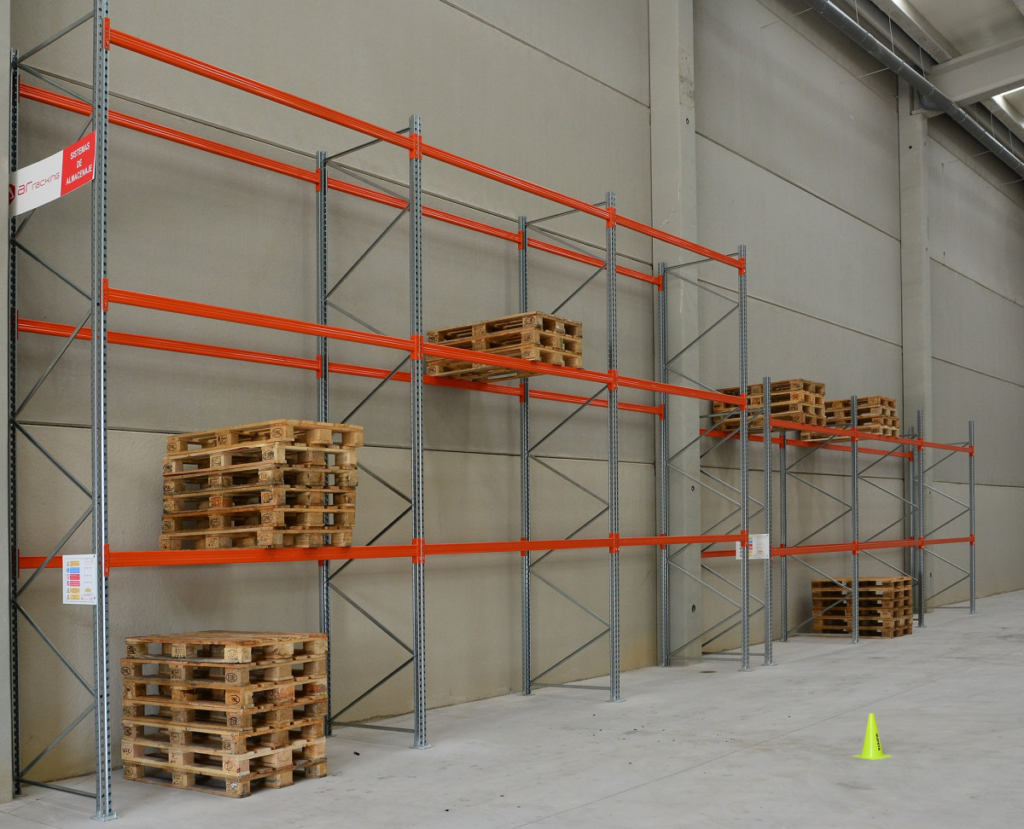
Unfortunately, supply chain clogs drove up furniture prices. More people placed orders for furniture when warehouses and showrooms had too much.
Furniture Prices Have Been Quite Steady
However, despite the pandemic-induced hike in furniture prices, experts familiar with the industry say their prices have remained relatively steady relative to other consumer items.
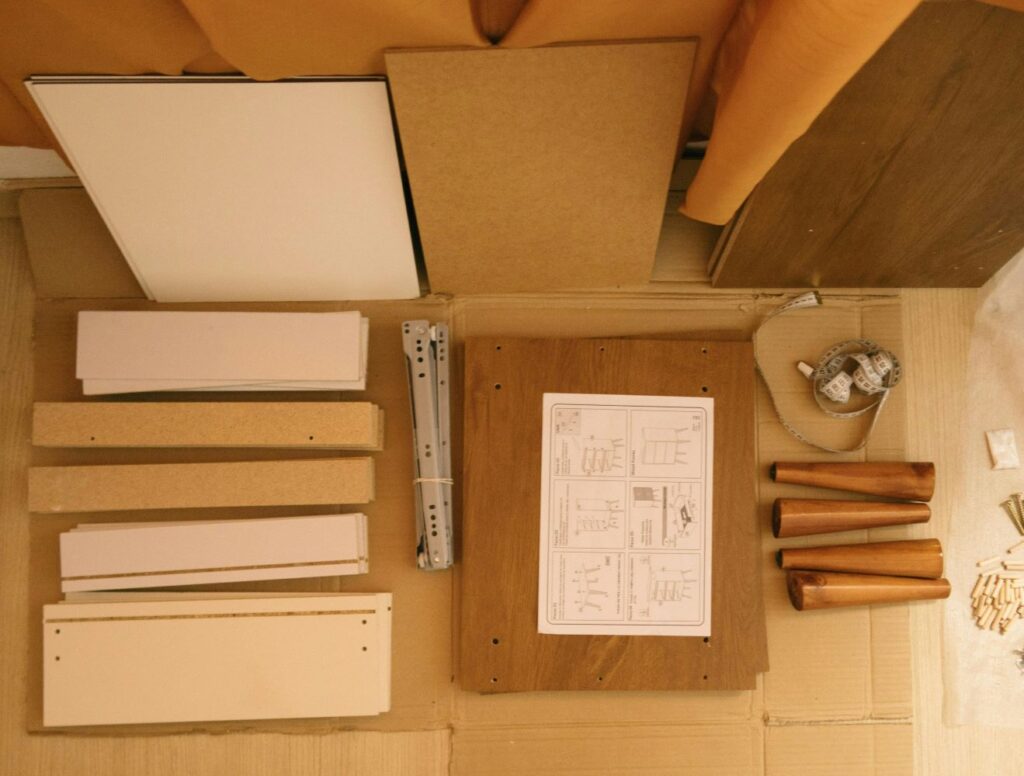
“For example, Kohler made a similar allusion to furniture prices by saying, “In the 1980s, you could buy a sofa for $399. You could probably still buy a sofa for $399.”
How Not To Buy Furniture Pieces
However, from our initial analysis, it is clear that the price of a piece of furniture today does not necessarily assure its quality. Kohler recommends buying quality furniture by avoiding proxy quality assessments.

Seeing crisp and professional pictures of a furniture piece online won’t cut it. Visit that showroom or warehouse, and touch and feel the furniture you are about to buy.
Tips On Identifying Quality Furniture
When you do carve out the time to take a showroom tour, Kohler advises furniture buyers to look out for the quality of the furniture construction. This is basically how the many wood pieces were joined together to form a usable article.
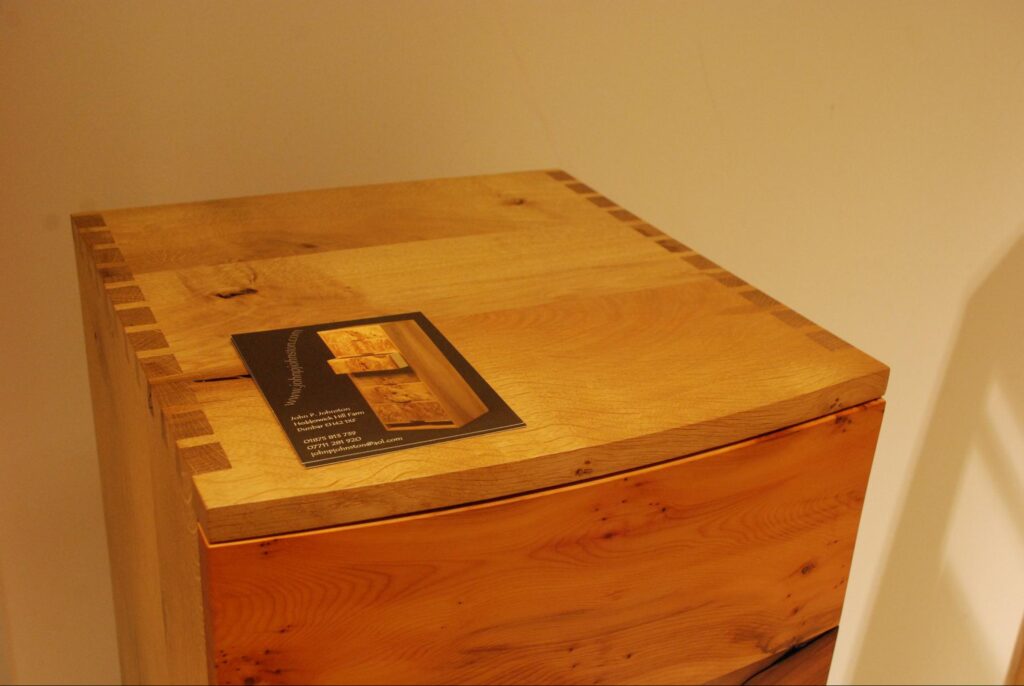
Stapled and glued pieces are red flags. Instead, look out for furniture items with traditional joints like dovetails. Also, check the product description to ensure imitation wood was not used.
Financing a Major Furniture Purchase
Now, it’s one thing to be able to tell a quality furniture piece and another to be able to pay for it without disrupting your finances.

Carolyn McClanahan, a certified financial planner, recommends saving up in advance to purchase any major furniture piece or set.
There’s an Option of a Spread Out, No-interest Payment
However, if the unit price is too high to pay in one fell swoop, McClanahan recommends negotiating a spread-out, no-interest purchase with the retailer or manufacturer.

To be on the safe side, sellers who agree to spread out payment terms only offer payments made in the space of one year after the purchase as interest-free.
Pay for Your Quality Furniture Purchase With Ease
So, it is advisable to plan and pay within the time frame of no-interest validity. Trust us; you want to avoid ending up paying more than the worth of your furniture piece because the interest charged by furniture retailers is usually huge.

With a steady source of income and a decent credit score, you can even go out on a limb by applying for a personal loan.

